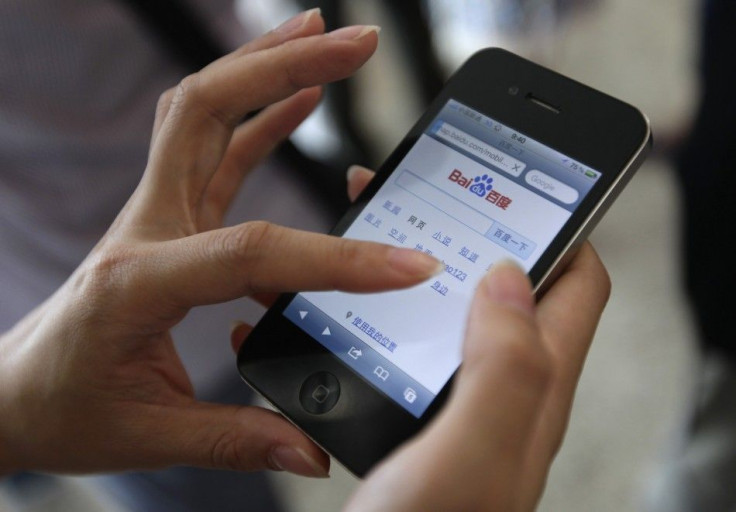Apple's Touchscreen Slide-to-Unlock Gesture Patent May Kill Rivals
Apple Awarded a Patent on the Swipe Gesture that Many Devices Use

Apple is now the owner of a patent for unlocking a touchscreen device with a sliding motion. In Apple's case, the ever familiar slide to unlock screen comes to mind, but many other mobile device manufacturers use the same technology. That's precisely why Apple filed for the patent back in 2005. That it should be awarded now only points to how far the smartphone lawsuit war has gone. Apple has multiple lawsuits pending against its rival companies who have in turn counter-sued Apple.
In 2010, the U.S. patent office saw a record number of consumer tech lawsuits, and the resulting backlog could help explain why it took nearly seven years for this patent to be awarded. We see this used on Apple devices as the familiar slide to unlock screen, but almost every other touch screen phone or tablet on the market currently use some form of sliding to unlock the device.
U.S. Patent No. 8,406,721, entitled Unlocking a Device by Performing Gestures on an Unlock Image, was awarded by the USPTO this week. The patent covers a number of devices that compete with Apple's iPhone and iPad, including touchscreen products developed by Google and Microsoft, the BBC reported. In fact, Google recently bought Motorola in part to protect Android from patent attacks from Apple or Microsoft. Apple sued HTC in 2010 based on a similar patent, but the suit was ruled as frivolous in a Netherlands based court.
Here is the what the patent says:
A device with a touch-sensitive display may be unlocked via gestures performed on the touch-sensitive display. The device is unlocked if contact with the display corresponds to a predefined gesture for unlocking the device. The device displays one or more unlock images with respect to which the predefined gesture is to be performed in order to unlock the device. The performance of the predefined gesture with respect to the unlock image may include moving the unlock image to a predefined location and/or moving the unlock image along a predefined path. The device may also display visual cues of the predefined gesture on the touch screen to remind a user of the gesture. In addition, there is a need for sensory feedback to the user regarding progress towards satisfaction of a user input condition that is required for the transition to occur.
Tell us in the comments if you think Apple will win the patent wars.
© Copyright IBTimes 2024. All rights reserved.




















